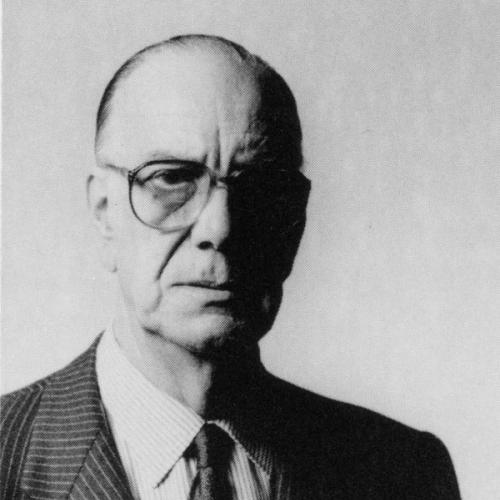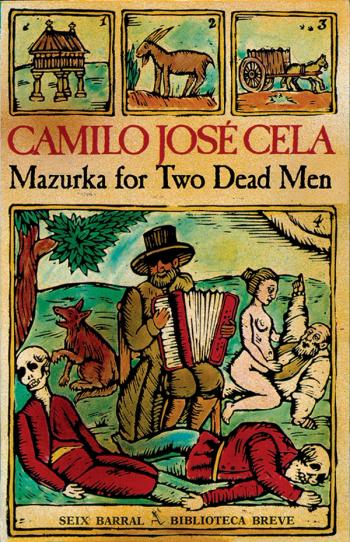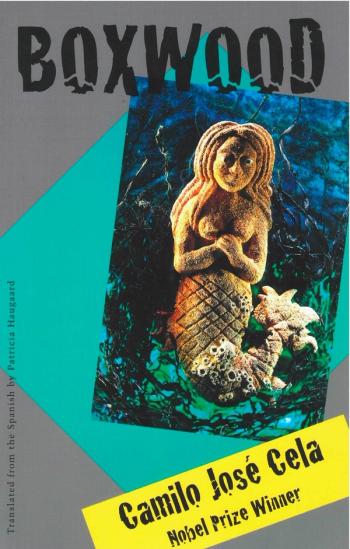Camilo José Cela
Camilo José Cela, winner of the 1989 Nobel Prize, was born in Galicia in 1916. His father was Spanish; his mother, English. He studied law, medicine, and philosophy in London and Madrid and in his younger years worked as a journalist and an actor. He was named a member of the Royal Spanish Academy in 1957 and received numerous literary prizes and honorary degrees. Cela published more than fifty books, including eighteenth novels and novellas as well as collections of stories, essays, plays, poetry, and travel books. His novel Mazurka for Two Dead Men was first published in Spain in 1983 and next to his first novel, The Family of Pascual Duarte (1942), is his most widely translated work. Cela died in 2002.


